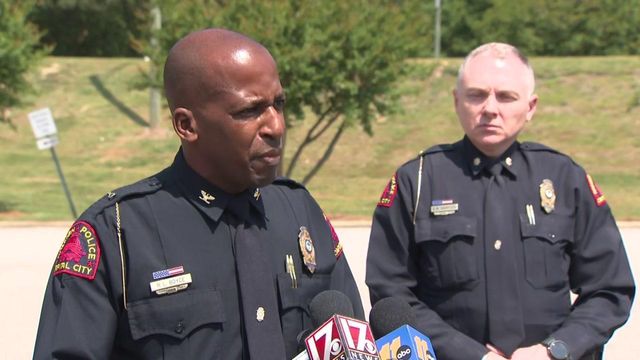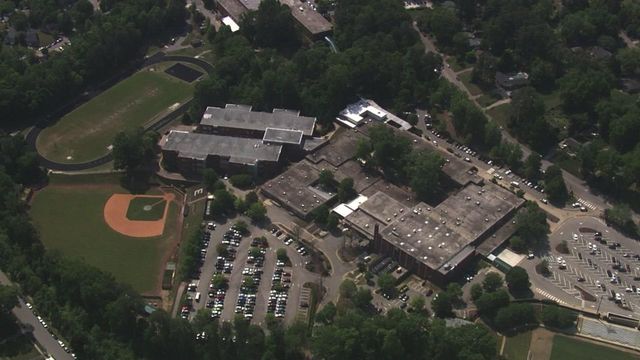Naloxone use is up, data shows, but nationwide shortage could limit ability to reverse overdoses, save lives
Since we reported on the number of overdoses yesterday, the state updated their dashboard, showing significantly more people died last year than had been previously reported. The updated information shows 2975 North Carolinians overdosed and died in 2020.
That is about eight people every day.
"We are experiencing unfathomable loss in our families, in our communities," Dr. Jennifer Carroll, a professor and medical anthropologist at NC State.
Harm reductionists, like Carroll, are concerned the number of deaths this year, will be higher than last due to a variety of factors. Not only is most of the country’s drug supply contaminated with unpredictable amounts of fentanyl but, on the heels of deadliest year for overdoses in U.S. history, there’s a shortage in naloxone, a opioid antagonist used to reverse overdoses.
"There is now a backorder on naloxone and many agencies that are providing this life saving medication to communities are beginning to run low," said Carroll. "There's a real concern that this could reduce the survivability of overdoses when they occur."
DHHS told WRAL that some harm reduction agencies across the state have been affected by the production issues. As Carroll explained, those groups distribute to community members. State data shows they play a valuable part in saving lives. In the first six months of this year, community members have administered the reversal agent more than 2400 times, a 78% increased compared to the same timeframe last year.
"We know that the vast majority of overdoses that are survived or survived because someone else who uses drugs was nearby with Naloxone and able to reverse that overdose," Carroll said. "That's the most important people in our community that we can equip with this life saving drug."
Since 2019, North Carolina used nearly $7 million, distributing more than 310,000 doses statewide, DHHS reported to WRAL. Local agencies including Wake EMS told us they have not been affected by the shortage.












